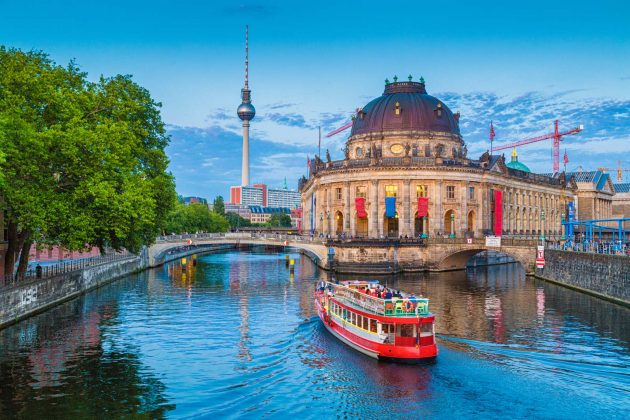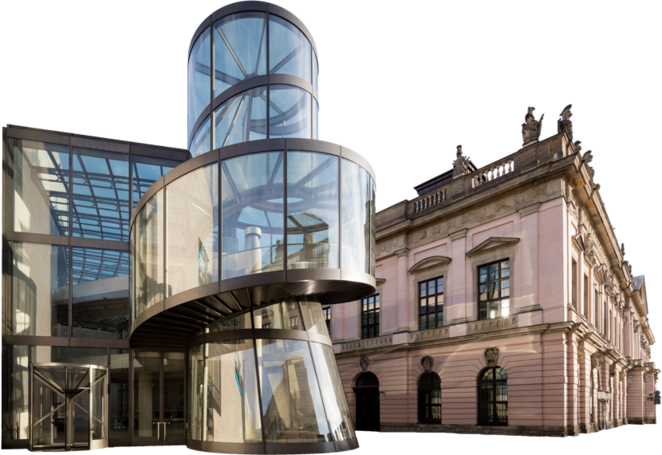Berlin museums have a special place among European museums as well as in Germany. Berlin, which is the most developed artistically and culturally among the European capitals and is intertwined with all branches of art, welcomes many visitors throughout the year.
Berlin is also the cultural capital of Germany. The city, which hosts a total of 180 museums together with the Museum Island and major museums with world-famous collections, also appeals to collection enthusiasts on various subjects with its many thematic museums. In this article, we will talk about Berlin museums.
1. Pergamon Museum
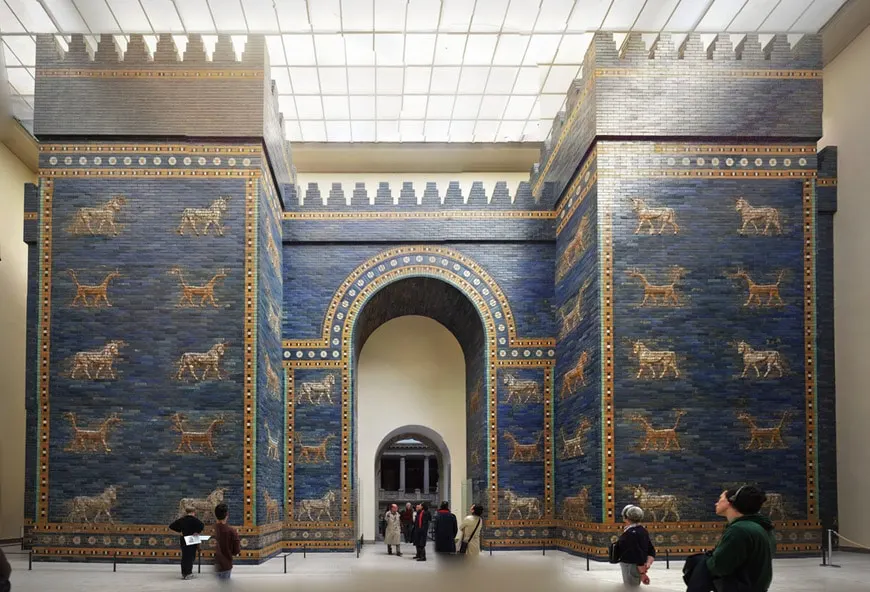


Pergamon museum, which consists of Classical Antiquity, Ancient Near East and Islamic Art sections, is the most valuable art museum in Germany, located on the Museum Island and attracting approximately one million visitors a year.
2. Altes Museum



Built in the Neo-Classical architectural style to showcase the Prussian Royal Family art collection, the Altes Museum houses a valuable collection of ancient artifacts, with permanent exhibitions introducing Greek, Etruscan and Roman art and culture since 1904.
3. Neues Museum
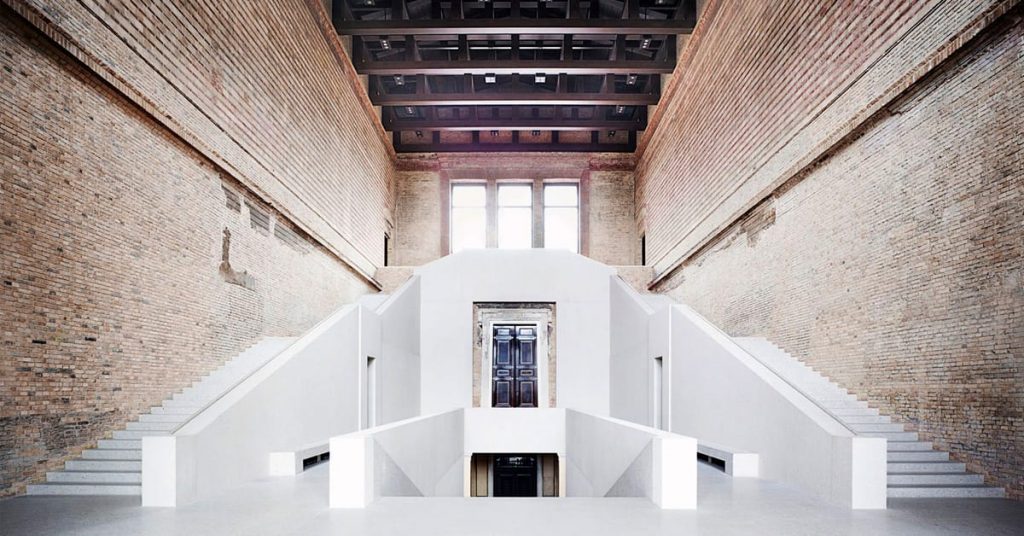


The Neues Museum, which is located next to the Berlin Cathedral and integrates the related works of the three collections in terms of spatial and content, includes the Egyptian Museum and the Papyrus Collection, the Prehistory and Ancient History and the Antiquities Collection.
4. Jewish Museum
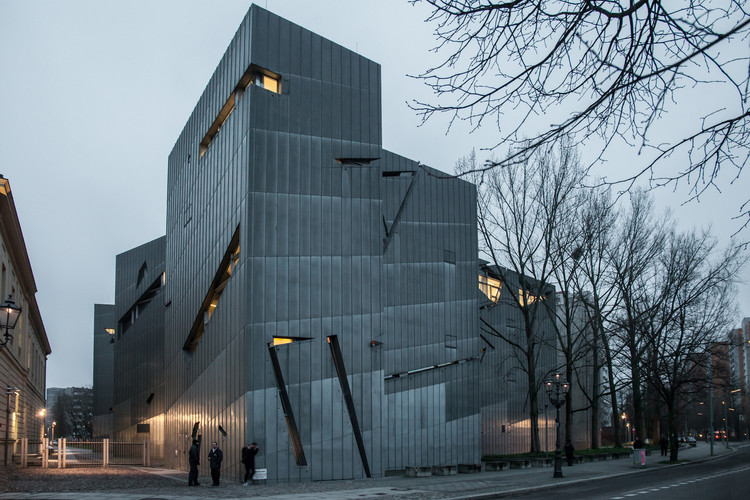


The Jewish Museum (Jüdisches Museum Berlin), dedicated to the memory of German Jews for two thousand years, consists of two buildings. The museum, which opened in 2001, is the first museum to present the social, political and cultural history of the Jews in Germany and also to include echoes of the post-war genocide.
5. Checkpoint Charlie



Checkpoint Charlie (Haus Am Checkpoint Charlie), the crossing point between West and East Berlin, is the gateway where American and Soviet tanks faced each other in October 1961 and was used as the third alliance crossing point from that date until 1990. Today, the traces of those days are exhibited at this point with documents and objects.
6. Charlottenburg Museum
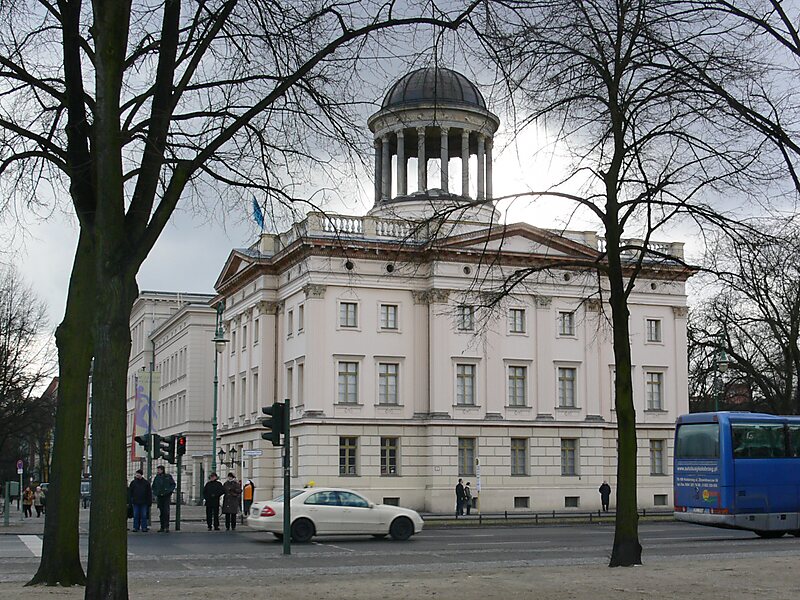


Charlottenburg Palace (Charlottenburg Museum), where the Hochenzollern royal culture from the seventeenth to the twentieth centuries is exhibited, has the title of being the largest palace in Berlin. Within the boundaries of the palace, which has a magnificent garden, there are the New Kiosk (Neuer Pavillon), the Belvedere and the Mausoleum (Mausoleum) where the tomb of Queen Luise is located, and the theater.
7. Museum of Contemporary Art
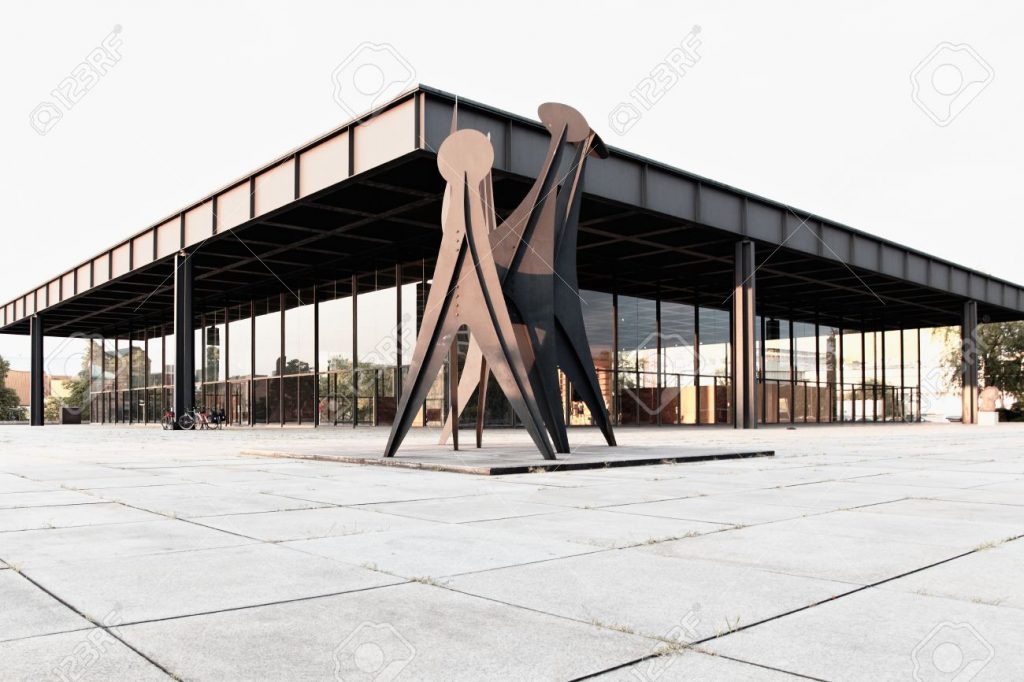


Located in the area known as Hamburger Bahnhof, the Berlin Museum of Contemporary Art (Museum für Gegenwart) is the permanent exhibition space dedicated to contemporary art by the National Gallery (Nationalgalerie). It has a collection of exhibition objects from Berlin’s State Museums, the rarest works of Erich Marx’s Berlin Private Collection and the Friedrich Christian Flick Collection.
8. Bode Museum
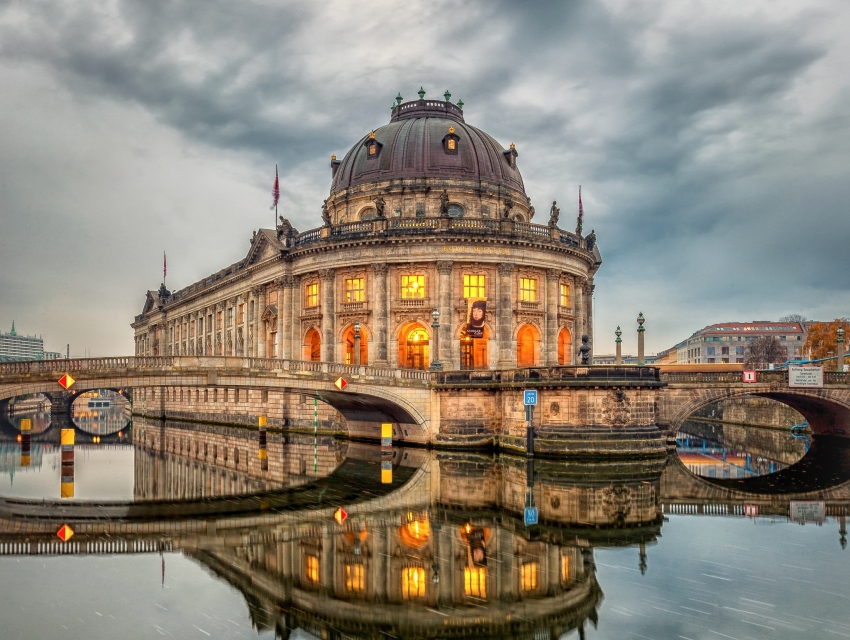


Bode Museum, serving in its historically protected building on Museum Island, is a history and archeology museum where Byzantine art and ancient sculptures are exhibited. Although it was damaged in the Second World War, the building is still very magnificent and aesthetic.
9. German History Museum
The German History Museum (Deutsches Historisches Museum), which is right in front of you when you walk over the Palace Bridge from the Museum Island, oscillates with its magnificent Baroque style architecture. In the museum, which you can visit with a chronologically planned tour, 2000 years of German history is presented in the European context. More than 8000 unique pieces are exhibited in its collection, supported by multimedia stations and presentations suitable for museum pedagogy.
10. Natural History Museum
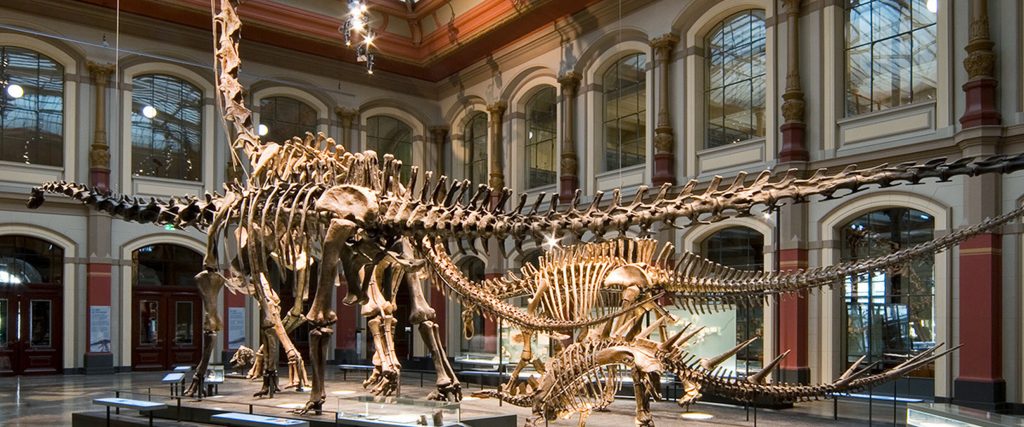


The Natural History Museum (Naturkundemuseum), a museum competing with the natural history museums of New York and London, is Germany’s largest museum in the fields of zoology, paleontology and mineralogy. Among the most famous pieces in his collection, which includes more than 25 million objects, are the world’s largest established dinosaur skeleton and the Berlin specimen of the archeopteryx bird.
